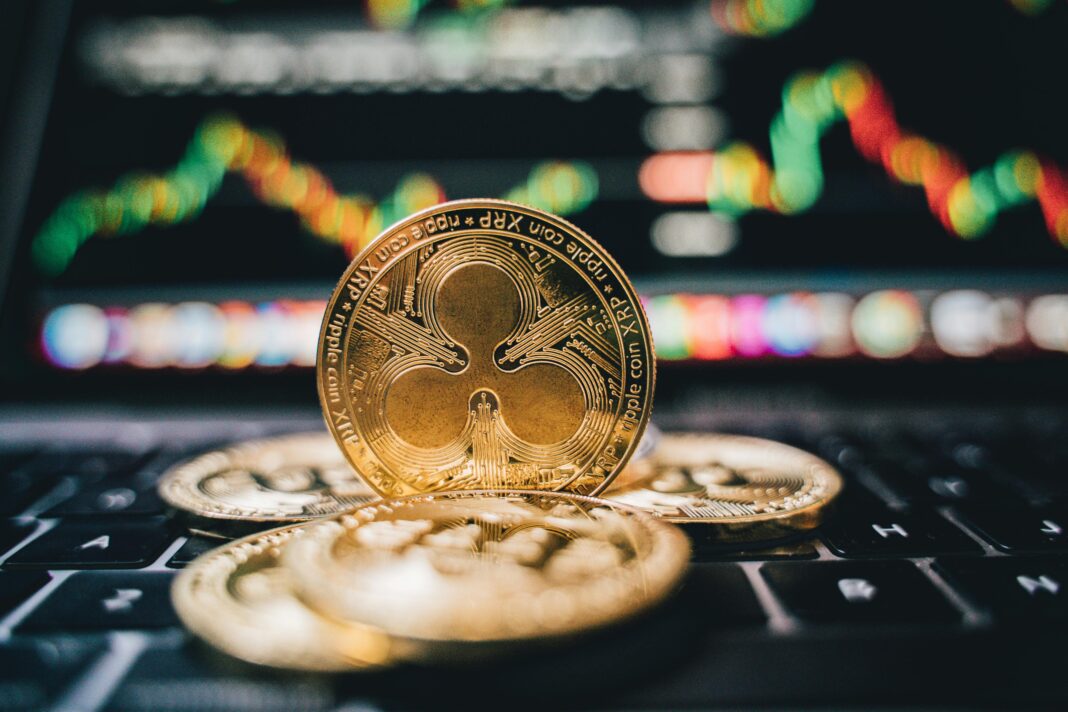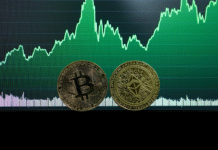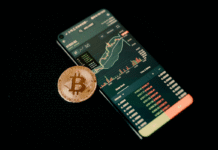Most XRP sits dormant. Until now.
I’ve been tracking cross-chain infrastructure, and the Axelar data is clear. XRP topped interchain transfers with $23.3 million in volume across 13,959 transactions during the second half of 2025.
That’s not speculation. That’s adoption.
For years, XRP holders faced a problem. The token’s $180 billion market cap mostly sat idle. Existing yield products struggled to scale.
Cross-Chain Connectivity Changes The Math
Axelar’s Interchain Token Service connected XRP to more than 80 blockchains. XRP holders can now access DeFi applications without converting their holdings or taking direct price exposure.
The XRPL EVM Sidechain launched on mainnet in June 2025. It brought Ethereum-compatible smart contracts to XRP Ledger through Axelar as the first cross-chain connector.
More than six million XRPL wallet holders now sit one click away from DeFi applications that previously lived only on EVM chains.
The mXRP Launch Signals Real Demand
September 2025 flipped the script. The launch of mXRP, a liquid staking token, generated $6.6 million in cross-chain activity within days. Yields hit 6-8%, with some reaching 10% APY.
Here’s how it works. Yield generated from strategies purchases additional XRP, which gets distributed to mXRP holders. If assets under management reach $10 billion by June 2026, that creates $700 million in annual buying pressure at 7% yield.
This transforms XRP from idle capital into active liquidity.
What The Data Shows
XRP’s success on Axelar proves cross-chain functionality can activate dormant capital at scale.
But here’s the question: can yield mechanics survive market stress? Early volume shows demand. Long-term adoption needs infrastructure that survives volatility.
I’m watching how other legacy tokens respond. Will they follow this playbook or build something different?
The $23.3 million in volume isn’t just activity. It’s proof that payment tokens can break out of their original box. The question is whether XRP can maintain this momentum when the next downturn hits.







